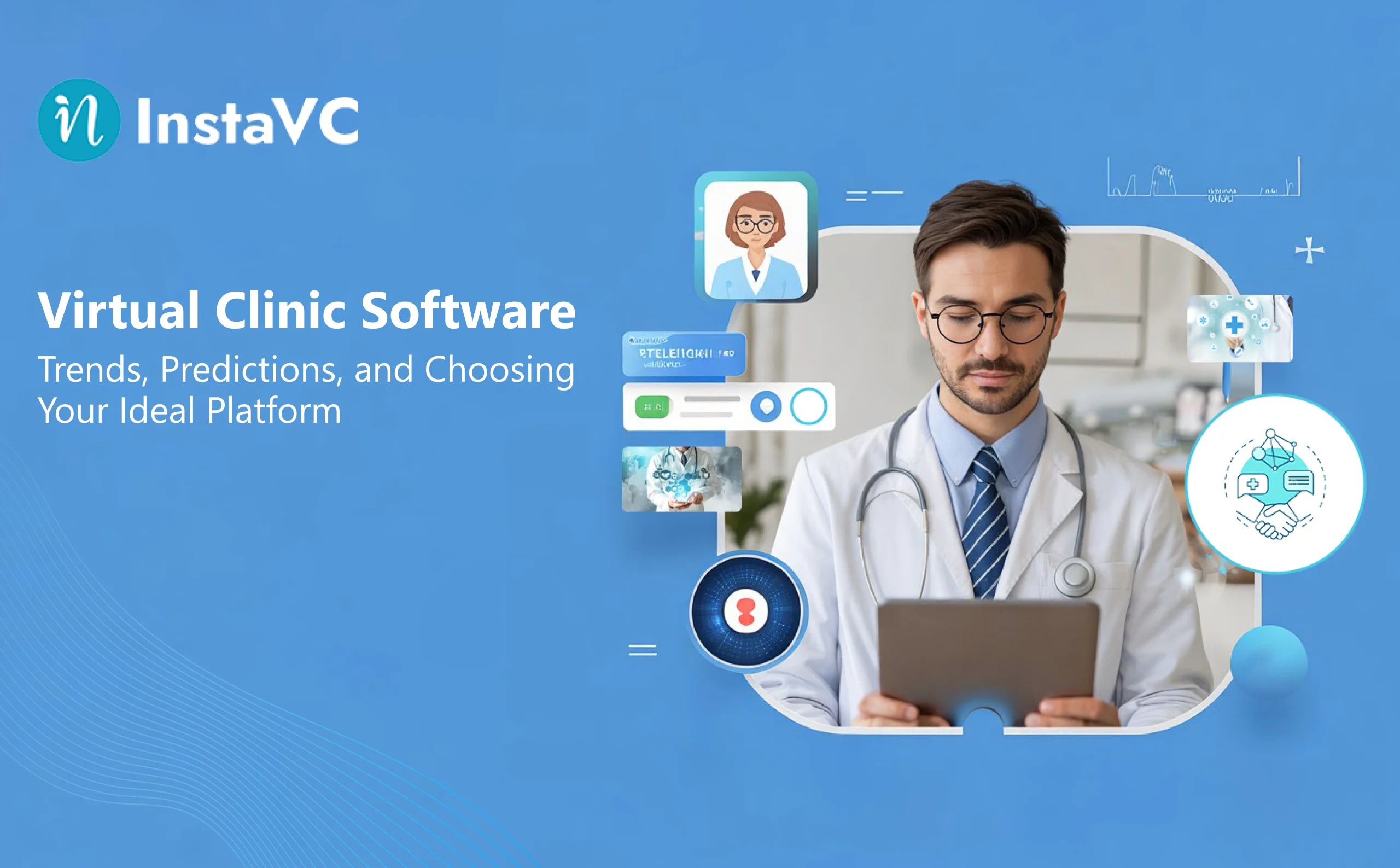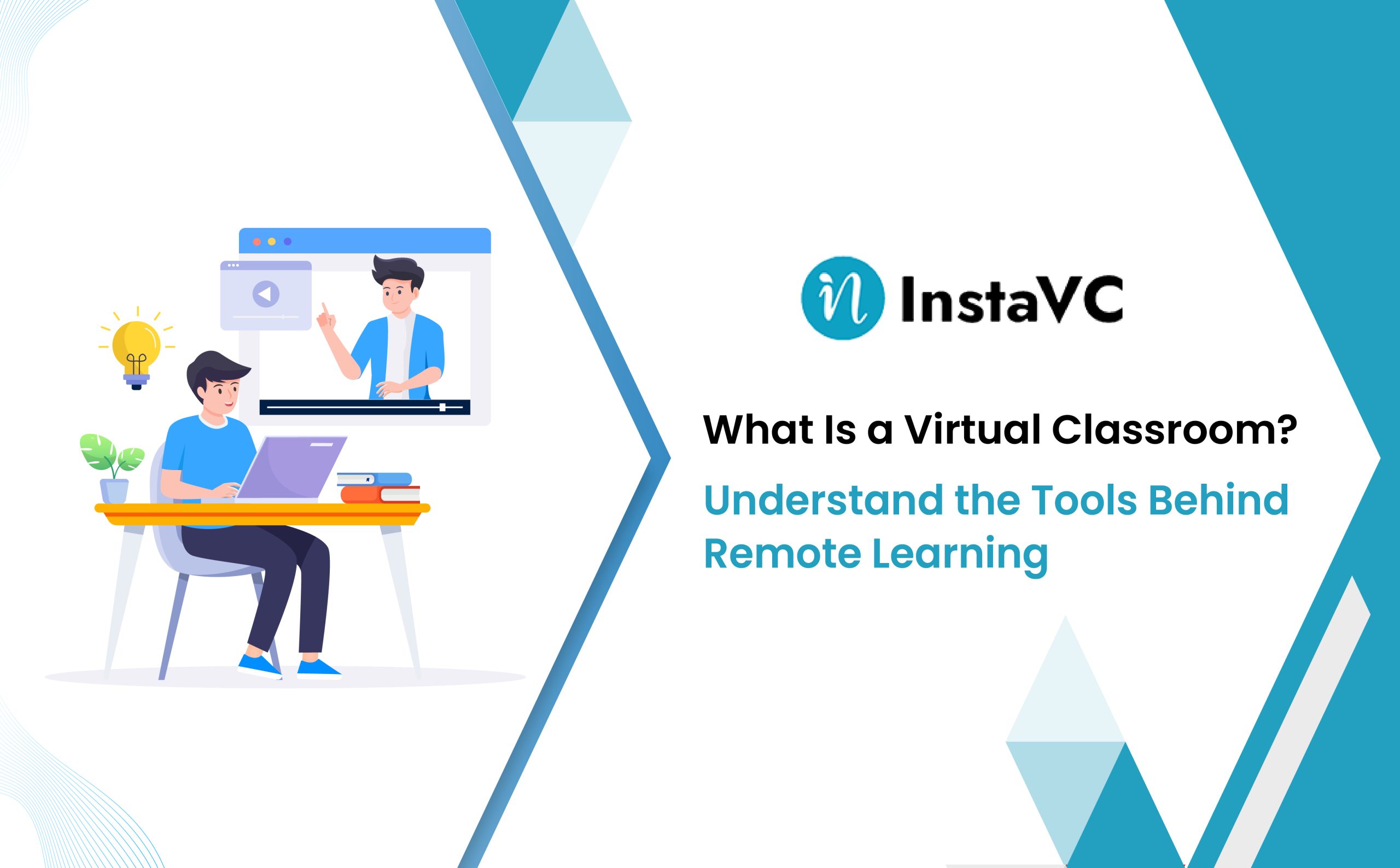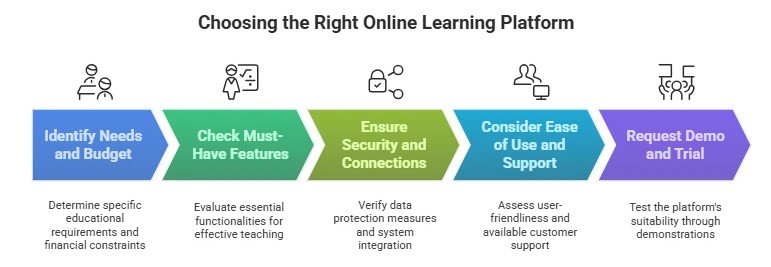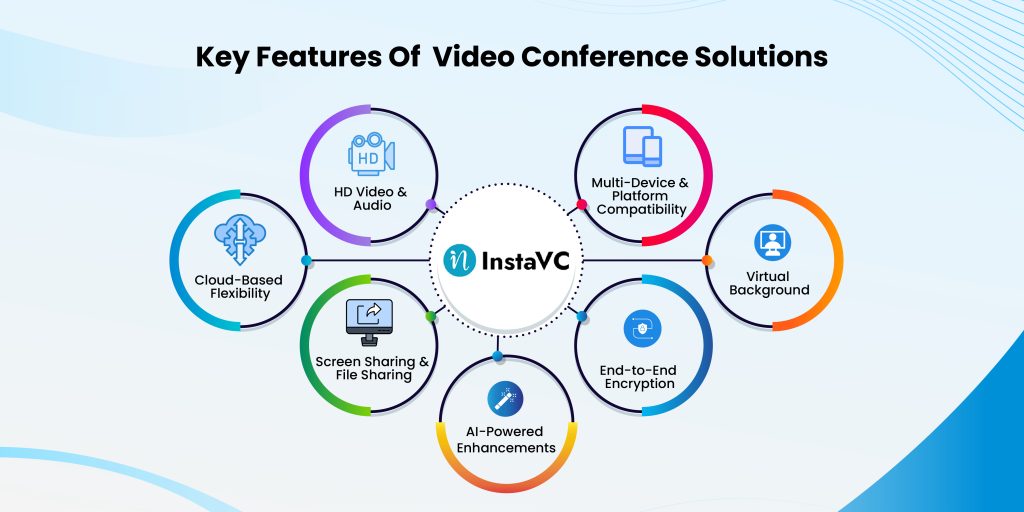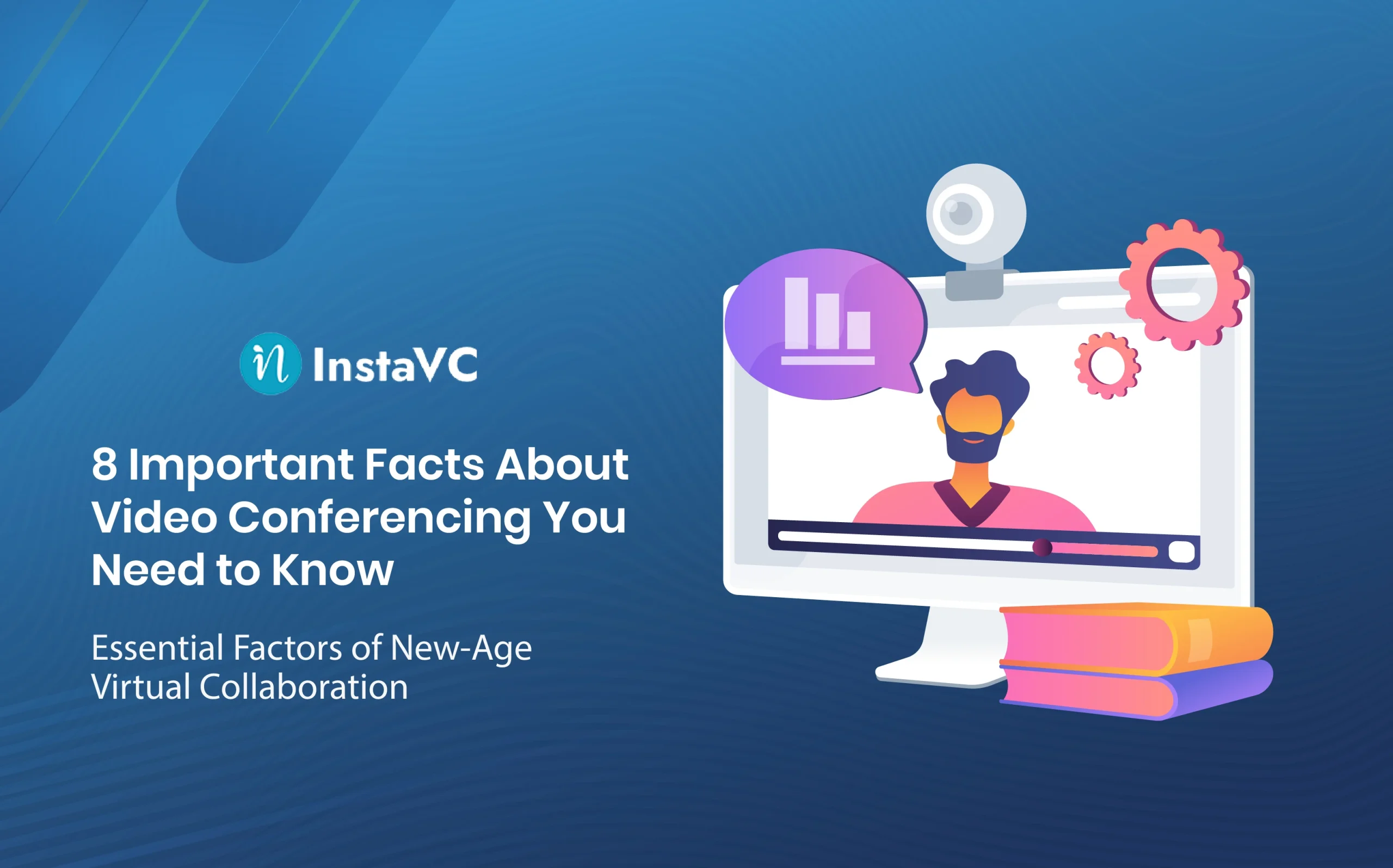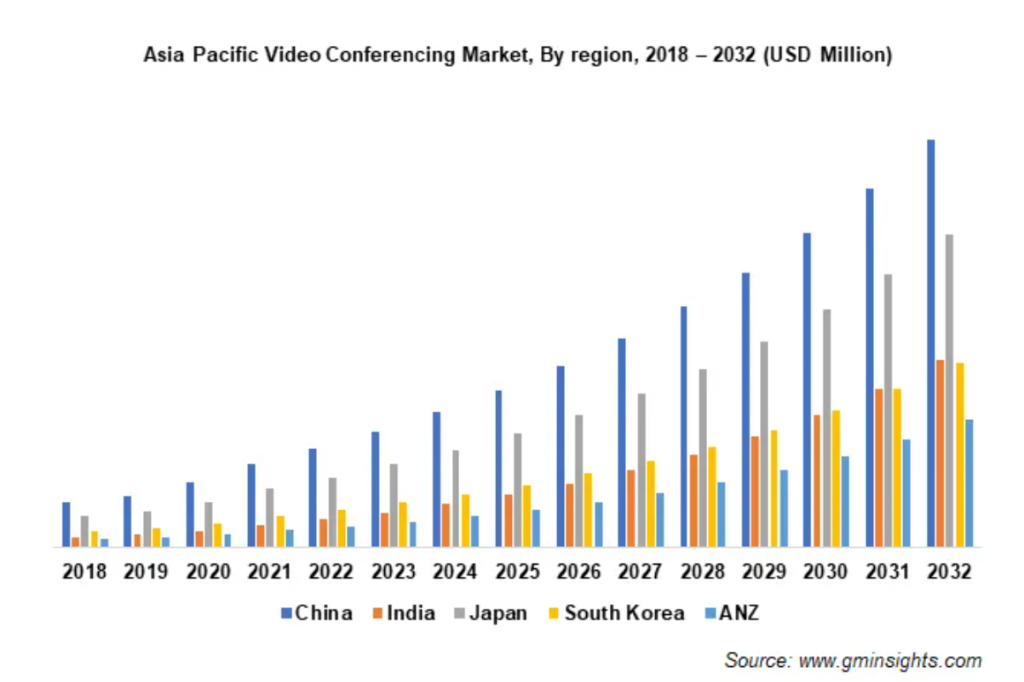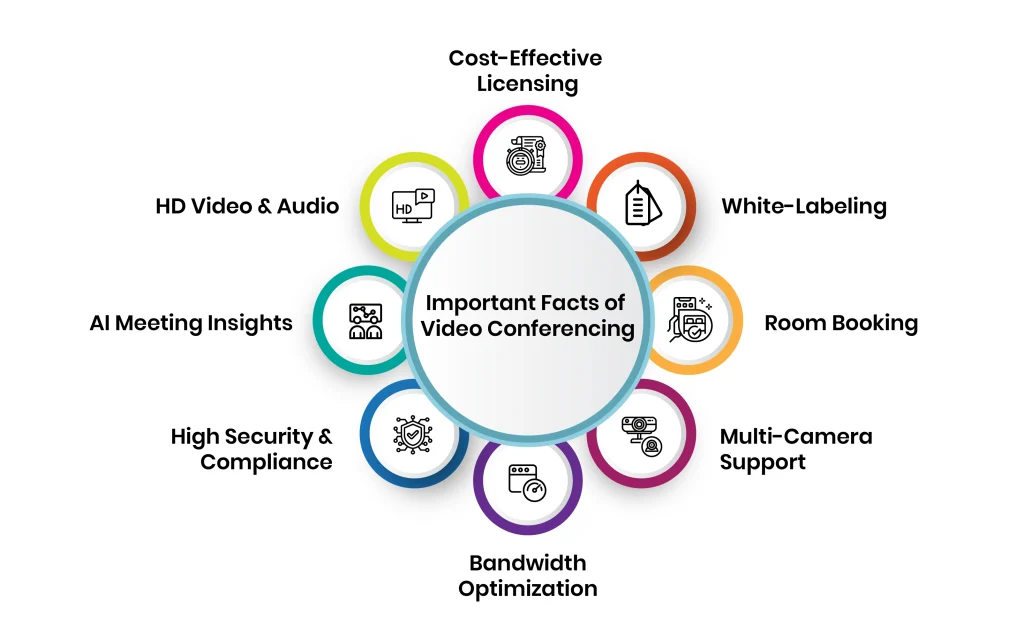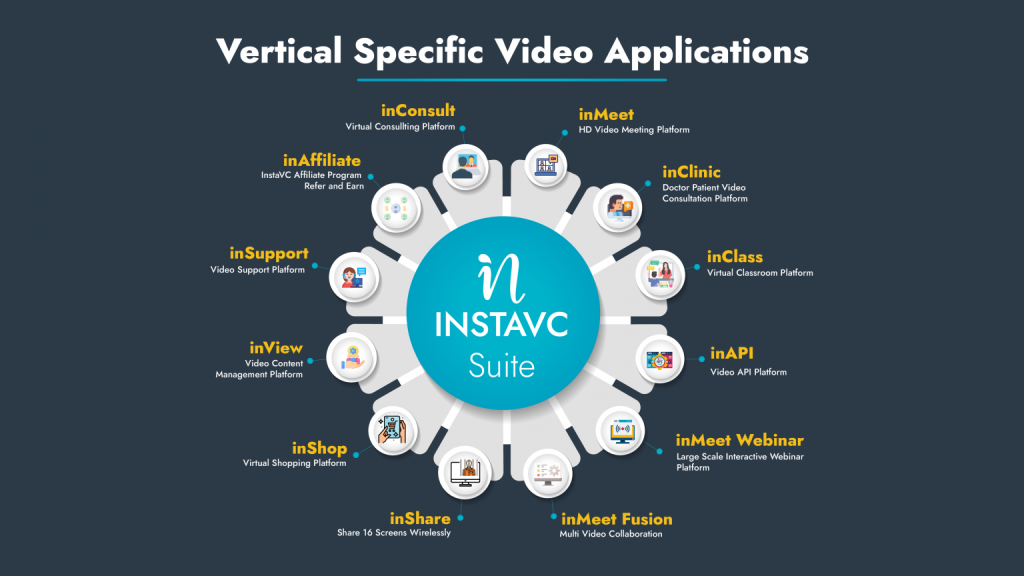It feels like the world of healthcare has changed almost overnight, doesn’t it?
If you’re a doctor or a clinic administrator, you’re likely feel it every day.
One moment, it was a distant idea, the next, it became an essential part of modern healthcare.
It’s the new reality, and it’s moving at a pace that can feel overwhelming. And with this new reality comes a flood of new questions.
How do you make sense of it all and choose the right path? How do you find a solution that is secure for your patients and smart for your practice?
We understand. And we’re here to help.
In this article, we will walk through everything you need to know about Virtual Clinic Software. You will learn not just what this technology is, but why it’s on the rise, what key trends define the best Telemedicine Software today, and exactly how to make a confident, strategic decision for your practice.
What Is a Virtual Clinic Platform?
Let’s start by clearing up the confusion. You might hear some people call it “software,” while others say “platform.” So, let’s make it simple.
That difference is a single piece of software is like one tool—maybe just a video calling app. A real Telemedicine Platform is like a full toolbox. It’s a complete system that takes care of everything for a patient. From the moment they book an appointment to the follow-up care they get afterward, it’s all in one place.
Virtual clinic software, on the other hand, is the technology that allows you to manage your medical practice online. This helps you connect with patients for consultations, schedule their appointments, and manage their care from a distance.
The Rise of Virtual Healthcare Platforms: A Permanent Transformation
It’s easy to think that the massive shift to virtual care was just a temporary.
But the truth is, It’s a permanent transformation, and the forces driving it were set in motion long before the pandemic accelerated everything.
Recent reports show that the telehealth market is going to grow a lot and could reach hundreds of billions of dollars in the next few years.
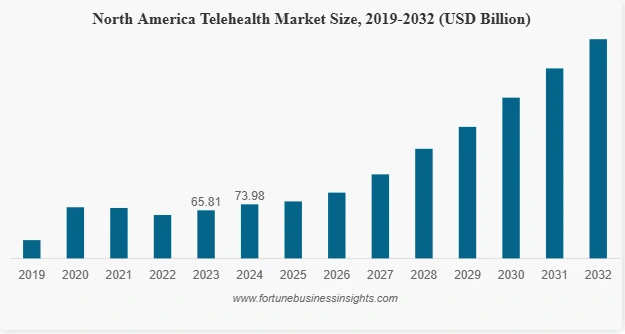
What’s really fuelling this change?
It comes down to a few fundamental demands:
- Your patients demand convenience. People want healthcare that fits into their busy lives. They want to avoid travel, traffic, and long waits in waiting rooms.
- Your practice needs efficiency. You and your team are always looking for better ways to work. This technology can help you set up appointments easily, send reminders without hassle, and lighten the load of admin tasks.
- Our communities need better access to care. Virtual platforms break down geographical barriers, connecting patients in rural areas or those with mobility issues to the specialists they need to stay healthy.
Ultimately, the Virtual Healthcare Platform is here to stay because it creates a better, more responsive relationship between doctors and patients.
5 Key Trends Defining the Best Telemedicine Platforms
Technology is changing so fast that it can feel overwhelming. It’s tough to figure out what really matters and what’s just flashy stuff.
To help you cut through the noise, we’ve identified the five key trends that separate an adequate tool from a truly great Online Consultation Platform.

Trend #1: Effortless One-click Patient Access is Now the Standard
The biggest problem with adopting any telehealth is the friction. First, you had to download a specific app, set up a new account, remember a password, and hope everything worked smoothly. If you’re already feeling sick or stressed, all these steps might just make you give up. This is especially true for older folks or anyone who isn’t great with technology.
But that entire model is now outdated.
The leading trend in virtual care is the move toward radically simple, one-click access.
Today, we’ve browser-based WebRTC technology. This is the best choice for easy access because it lets patients have secure video calls right in their web browser, like Chrome or Firefox. They don’t need to download or install anything. Patients can join a call from their phone, tablet, or computer with just one click. This ease of use should be the goal for any good platform.
Trend #2: The Push for “Better-Than-Being-There” Video Quality
In healthcare, video isn’t just for conversation; it’s a diagnostic tool. But the quality and reliability of the video stream directly impact your ability to diagnose and treat patients effectively.
But the standard-definition video just doesn’t cut it for good medical care. That’s why more people are looking for Ultra High-Definition (4K) video. Platforms that support 4K resolution can make remote doctor visits much better and more effective.
Trend #3: Deep Integration is Creating the True “Doctor-Patient Platform”
In this fast-moving healthcare world, doctors have a lot on their plates. They juggle video calls, manage patient records, and try to keep their schedules in check. This constant switching between responsibilities is not just annoying; it’s a huge time drain.
What’s worse? It distracts them from focusing on the most important aspect of their work: the patient.
As more healthcare workers get frustrated, they’re looking for easier ways to do their jobs. This causes them to shifting towards Telehealth Software Solutions that integrate various functionalities into one platform.
Why? People value simplicity and efficiency. These solutions help reduce the chaos and restore focus where it truly belongs. A simple system like this easily connects with other important software can really change how doctors and patients work together. There is no need to jump between different apps. Now, healthcare providers can give their patients a much smoother experience.
This integration not only enhances communication but also improves overall patient care. Ultimately, when doctors can focus more on their patients, everyone benefits.
Trend #4: Practical AI is Enhancing the Human Connection
The main idea of using AI in healthcare is not to take over a doctor’s job. Instead, it works quietly in the background, helping with tasks like paperwork. This lets doctors spend more time with their patients. By handling annoying distractions and routine tasks, it helps doctors focus more, listen better, and connect with patients on a deeper level.
Trend #5: Vertical Specialization is Outperforming General Tools
The final, and perhaps most important, trend is the shift away from one-size-fits-all business tools toward platforms that are purpose-built for specific industries.
While general platforms like Zoom or Microsoft Teams are great for corporate meetings, they were not designed with the unique needs of healthcare in mind. They often lack the specific workflows, security protocols, and compliance frameworks that are essential in a medical setting.
Choosing a platform that is vertically specialized for healthcare means you are getting a tool that speaks your language. It understands the importance of HIPAA, it’s designed around the doctor-patient workflow, and its features are tailored to clinical use cases. This leads to a smoother, safer, and more effective experience for both you and your patients.
When evaluating your options, ask one simple question: “Was this platform built from the ground up for healthcare?”
Look for a provider whose main goal is to create specialized software for different industries. This focus is the clearest sign that you are choosing a partner who deeply understands your world and has designed their Online Medical Consultation Software to meet your specific needs.
Predictions: What’s Next for Virtual Care Platforms?
The world of virtual care is always changing. The trends we see now are just the start of a smarter future. Here’s what we think will happen next with this technology.
Prediction #1: AI Will Evolve From a Simple Assistant to a Smart Analyst
The practical AI we see today—features like background noise cancellation or basic transcription—is just the first step.
The next evolution is already on the way.
Soon, AI will become a true analytical partner for your practice.
Think about an AI that doesn’t just transcribe your consultations, but can analyze patient sentiment, measure speaking time, or provide summaries of key clinical information, drastically reducing your documentation burden after hours. This offloads the cognitive burden of administrative tasks so you can dedicate 100% of your mental energy to your patient.
So, when choosing a platform, you should ask vendors about their long-term AI roadmap. A forward-thinking company will already be exploring how to use AI not just to make calls clearer, but to make your entire practice run smarter.
Prediction #2: The Wall Between Systems Will Crumble with True Interoperability
In the future, your Virtual Care Platform will be the main place that talks to every part of healthcare. It will make sharing information easy and smooth for everyone involved.
Here is an example:
When lab results come in from another place, they will show up right in the patient’s chart. This will send you a notice in your virtual care platform, letting you start a video call with the patient right away. If you need to send a prescription during that call, it will go straight to the patient’s chosen pharmacy without any hassle—no phone calls or extra forms needed!
This shows that platforms with strong, flexible APIs are likely to do well in the future. Being able to connect with other systems isn’t just a nice addition; it’s key to being part of the future of connected healthcare.
Prediction #3: The Model Will Shift from “Telehealth” to a Continuous “Virtual Care” Ecosystem
Many people think of telehealth in terms of discrete events: a scheduled video appointment that replaces an in-person visit.
But this is a very limited view.
This is the shift from “telehealth” to a true Virtual Care ecosystem.
In this system, data from remote health devices will go straight and safely into your online care platform. This lets you keep an eye on how a patient is doing, notice any concerning trends before they become big problems, and step in when you need to.
It changes care from being reactionary to being proactive, which is better for both patient health and how your practice runs.
That’s why we recommend you to look for platforms that are already thinking about how to manage different types of patient interactions, not just live video calls.
Prediction #4: The Rise of Fully Unified Hardware & Software Solutions
One of the biggest headaches in setting up any kind of conferencing system has always been the challenge of making hardware from one company work perfectly with software from another.
But that era is coming to an end.
A major prediction for the future is the rise of fully unified solutions, where you can get a single, guaranteed-to-work system from one trusted provider.
We are already seeing the beginnings of this trend today, as software-focused companies are partnering deeply with hardware manufacturers to offer these kinds of integrated packages.
When you are making a choice, it is wise to consider vendors who have a strong, established relationship with hardware experts, as this is a clear indicator of where the market is heading.
Prediction: “Hybrid Care” Will Simply Become “Care”
The debate over “virtual vs. in-person” care will soon seem as outdated as the debate over “online vs. print” newspapers.
The future is hybrid.
The new standard of care will intelligently and flexibly blend the best of both worlds to create the optimal journey for each patient.
For example, a patient might have an initial in-person visit for a physical exam, followed by several convenient virtual check-ins to monitor their progress, and then another in-person visit for a follow-up procedure.
All of this will be managed seamlessly through a single, intelligent platform.
Final thoughts: Is Your Virtual Clinic Ready for the Future?
To conclude, we’ve learned a lot about virtual clinic software. We’ve explored how it has grown, what trends are shaping it today, and what exciting changes might come in the future.
Now, it’s time for you to pick a Telehealth Software Solution that matches these ideas. This choice is key to keeping your practice ready for the future.
The InstaVC inClinic platform was made to meet today’s healthcare needs. We aimed to build a safe, easy-to-use, and effective virtual clinic that fits perfectly with what you’ve learned here.
If you’re looking for a partner who really understands your needs and can help with today’s and tomorrow’s healthcare, let’s set up a personal demo. We can show you how we can support you in reaching your practice’s goals.
FAQ’s
Why is virtual clinic software becoming essential in modern healthcare?
Virtual clinic software is becoming essential because it significantly improves patient access to care while increasing a medical practice’s operational efficiency. It addresses modern patient expectations for convenience and helps solve persistent problems like patient no-shows and administrative delays.
What are the top features to look for in virtual clinic software?
The most important features to look for are robust security with verifiable HIPAA compliance and an intuitive, easy-to-use interface for both doctors and patients. Beyond that, a top platform should offer high-quality video consultations that work on low bandwidth, integration with existing systems like EHRs, and comprehensive workflow tools like scheduling and billing.
What exactly is inClinic, and how does it differ from generic telehealth apps?
inClinic is a dedicated virtual care platform designed specifically for connecting patients and doctors within the healthcare industry. Unlike generic, one-size-fits-all video apps, inClinic is a vertically specialized solution with features and workflows built to meet the unique compliance and operational needs of a medical practice.
How do I choose the right virtual clinic platform?
To choose the right platform, look beyond just the feature list to evaluate the vendor’s industry experience and deep commitment to security and compliance. Ultimately, you should select a strategic partner that not only provides a scalable, future-proof platform but also offers robust support to ensure a successful rollout for your practice.
